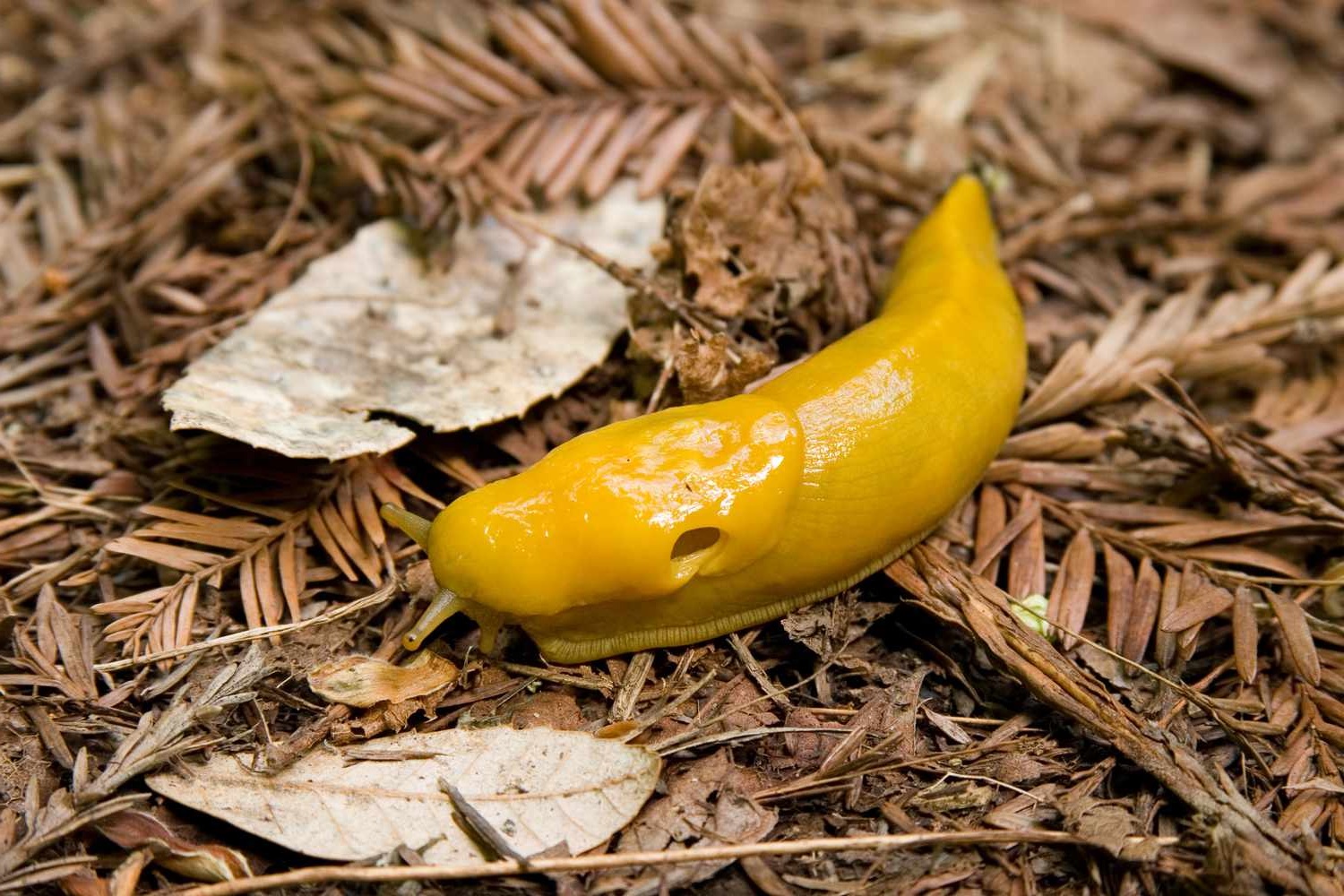
Banana slugs are more than just slimy creatures you might find in a damp forest. These fascinating mollusks have some truly surprising traits. Did you know they can stretch up to 9 inches long? That’s almost as long as a standard ruler! Their bright yellow color isn’t just for show; it helps them blend into their surroundings, making them hard to spot. But wait, there’s more! Banana slugs play a crucial role in their ecosystem by breaking down dead plant material, turning it into rich soil. Curious about what else makes these slugs so special? Keep reading to uncover 30 amazing facts about these incredible creatures!
What Are Banana Slugs?
Banana slugs are fascinating creatures that inhabit the damp forests of North America. Their unique characteristics make them a subject of interest for many nature enthusiasts. Here are some intriguing facts about these slimy yet captivating mollusks.
-
Bright Yellow Color: Banana slugs are named for their bright yellow color, which resembles a ripe banana. However, they can also be green, brown, or white depending on their diet and environment.
-
Size Matters: These slugs can grow up to 9.8 inches long, making them one of the largest terrestrial slugs in the world.
-
Mucus Magic: Banana slugs produce a special mucus that helps them move, retain moisture, and even deter predators with its bitter taste.
Habitat and Behavior
Banana slugs thrive in moist, temperate forests, particularly in the Pacific Northwest. Their behavior and habitat preferences are as unique as their appearance.
-
Forest Dwellers: They are commonly found in redwood and coniferous forests, where the environment is damp and cool.
-
Nocturnal Creatures: These slugs are primarily nocturnal, coming out at night to feed and avoid the drying effects of the sun.
-
Slow Movers: Banana slugs move at a snail's pace, traveling only a few inches per minute.
Diet and Feeding Habits
Banana slugs have a varied diet that plays a crucial role in the ecosystem by breaking down decomposing matter.
-
Decomposers: They feed on dead plant material, fungi, and animal droppings, helping to recycle nutrients back into the soil.
-
Fungi Lovers: These slugs have a particular fondness for mushrooms and other fungi, which are abundant in their forest habitats.
-
Leaf Eaters: They also consume living plant material, including leaves and flowers, which can sometimes make them a pest in gardens.
Unique Adaptations
Banana slugs have developed several adaptations that help them survive in their specific environments.
-
Moisture Retention: Their mucus not only helps them move but also prevents them from drying out in less humid conditions.
-
Camouflage: Despite their bright color, banana slugs can blend into their surroundings by covering themselves with dirt and debris.
-
Self-Amputation: If threatened, they can detach part of their tail to escape predators, a process known as autotomy.
Reproduction and Lifespan
The reproductive habits of banana slugs are as fascinating as their other characteristics.
-
Hermaphrodites: Banana slugs are hermaphrodites, meaning each individual has both male and female reproductive organs.
-
Mating Rituals: Their mating process can last for several hours and involves a complex dance of intertwining bodies.
-
Egg Laying: After mating, they lay clusters of eggs in moist, protected areas, which hatch into tiny slugs after a few weeks.
-
Lifespan: Banana slugs typically live for one to seven years, depending on environmental conditions and predation.
Interaction with Humans
While not commonly encountered, banana slugs have a few interesting interactions with humans.
-
Educational Tool: They are often used in educational programs to teach children about ecology and the importance of decomposers.
-
Mascot: The banana slug is the official mascot of the University of California, Santa Cruz, symbolizing the unique and unconventional spirit of the school.
-
Culinary Curiosity: Some adventurous eaters have tried banana slugs, but their mucus makes them a less-than-appealing delicacy.
Conservation Status
Understanding the conservation status of banana slugs helps in appreciating their role in the ecosystem.
-
Not Endangered: Currently, banana slugs are not considered endangered, but their habitats are threatened by deforestation and climate change.
-
Indicator Species: They are considered an indicator species, meaning their presence or absence can give scientists clues about the health of their environment.
-
Protected Areas: Many of their habitats are located in protected areas like national and state parks, which helps ensure their survival.
Fun and Quirky Facts
Banana slugs have some quirky traits that make them even more interesting.
-
Slime Trails: They leave behind a trail of slime that can be used by other slugs to find food or mates.
-
Taste Test: Their slime contains chemicals that can numb the tongue, deterring predators from eating them.
-
Slime Uses: Scientists are studying their mucus for potential medical applications, including as a natural adhesive for surgeries.
-
Slow but Steady: Despite their slow movement, banana slugs can cover surprisingly large distances in search of food and mates.
-
Color Variations: Some banana slugs have spots or stripes, adding to their banana-like appearance.
-
Temperature Sensitivity: They are very sensitive to temperature changes and will burrow into the ground to escape extreme heat or cold.
-
Social Creatures: While not social in the human sense, banana slugs often congregate in areas with abundant food and moisture.
-
Cultural Impact: They have been featured in various forms of media, including books, movies, and even video games, highlighting their unique charm.
The Final Word on Banana Slugs
Banana slugs are truly fascinating creatures. From their unique slime that helps them move and deter predators to their ability to regenerate lost body parts, these slugs are full of surprises. They play a crucial role in their ecosystems by breaking down organic matter and enriching the soil. Their bright yellow color isn't just for show; it serves as a warning to potential predators about their toxic mucus. Despite their slow pace, banana slugs are essential for maintaining the health of forests. Next time you spot one, take a moment to appreciate its unique adaptations and the important role it plays in nature. These slimy critters might not be the most glamorous, but they certainly are some of the most interesting. Keep an eye out for these yellow wonders on your next hike!
Was this page helpful?
Our commitment to delivering trustworthy and engaging content is at the heart of what we do. Each fact on our site is contributed by real users like you, bringing a wealth of diverse insights and information. To ensure the highest standards of accuracy and reliability, our dedicated editors meticulously review each submission. This process guarantees that the facts we share are not only fascinating but also credible. Trust in our commitment to quality and authenticity as you explore and learn with us.


